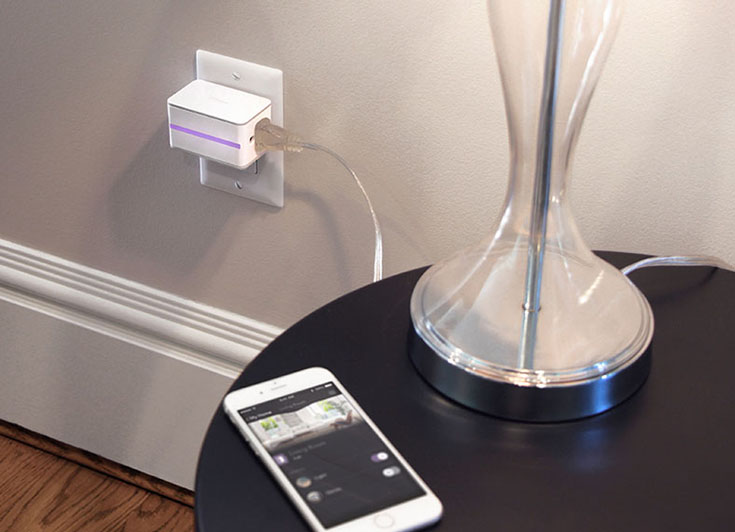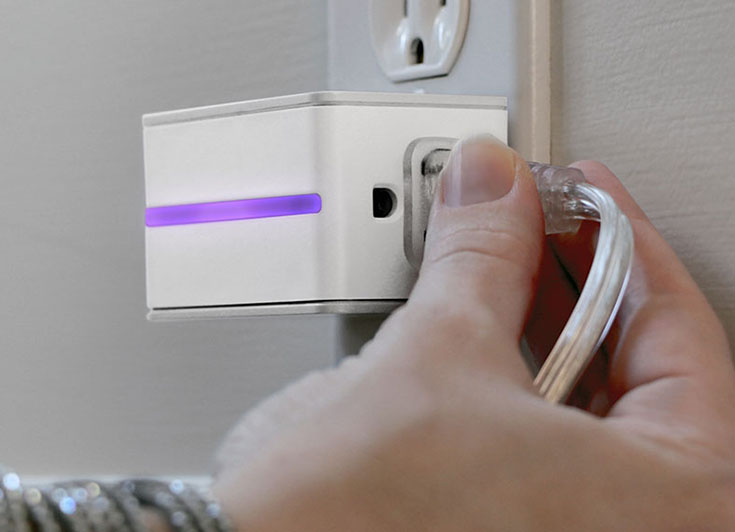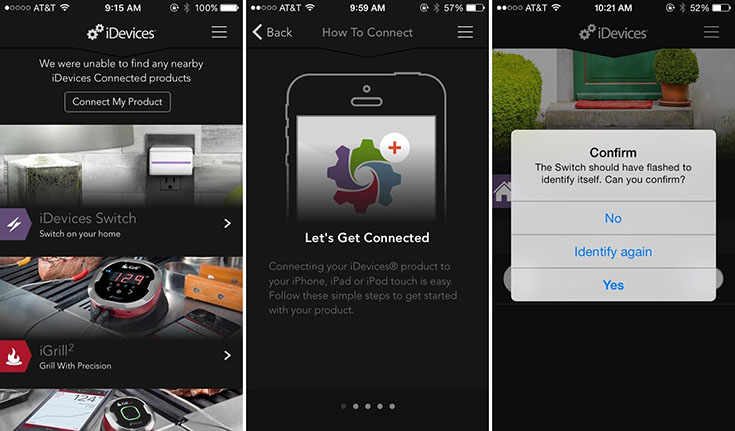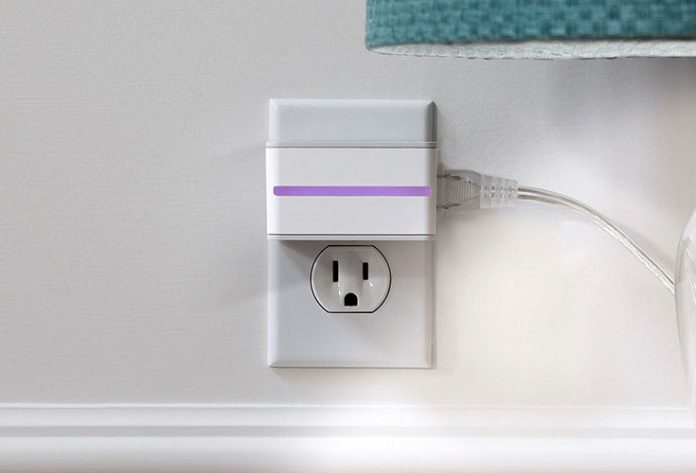Even though we encountered a couple of interesting HomeKit accessories at this year’s CES, many of them are still being developed and they are yet to be released. However, those few that got released, we took for a test and brought you a couple of interesting reviews. One of the most notable ones is iHome’s SmartPlug, which is a very interesting HomeKit solution. Now it’s time to take a look at this product’s main competitor, which is more capable, but also higher priced as well.
iDevices’ new Switch ($59) is a HomeKit-supported outlet that allows you to control standard 120V appliances manually and automatically, so you can control the connected devices via your iPhone. Just like other similar solutions, iDevices provides its own iOS app, but this one seems to be more capable than any other that I encountered before. Continue reading to learn more.

The Basics
The Switch needs to be plugged into any 120V home electrical outlet, and then you can plug in a lamp or fan, for example. According to the official specification, the Switch supports resistive loads of up to 1800W (15A), tungsten loads of up to 600W (5A), and 0.5 HP motors. The AC outlet can be found on the device’s right side, while the front side features a night light. The left side is where the manual switch can be found. What also needs to be noted is that the right-hand outlet position is fixed and cannot be rotated.
Design
I think most of us will agree that the iDevices Switch looks nice. Even though it could be smaller and more discrete, its size shouldn’t be a problem since smart plugs can be quite bulky. The size of this smart plug rarely presents problems with outlets, like blocking an adjacent plug on a four-plug outlet. Additionally, the aesthetic of the Switch will fit any home already equipped with Apple products thanks to its glossy white surface, soft corners, and a linear nightlight that can be adjusted to any color, saturation, or brightness.

Setup
When it comes to the setup process, it should be said that you can set up the device in under five minutes. You will receive a Quick Start Guide that tells you to download the iDevices Switch app, connect your iOS device to your Wi-Fi network, plug the Switch into a wall, and finally launch the app. That’s how easy it is to start using this interesting device. On the other hand, I have encountered a problem with my HomeKit privileges. It seems that only the original user of a HomeKit registered home can add new devices, which meant that I had to create a new home for the Switch. Even though most HomeKit users won’t encounter this problem, this is still something that needs to be pointed out.
The app
The iDevices app features a very simple interface. By using this app, you can turn things on and off, which can be also done manually. Thanks to a recently published firmware update, now you can track energy usable and set up a schedule to follow where you’re away from home. I have encountered a very smooth performance, where the response time between the app and the Switch is quick. For example, if you toggle a lamp, it will turn on in less than one second. In case you press the physical button on the Switch, the application will accurately reflect the setting.
When it comes to additional features of the iDevices app, I can only highly praise them. This is a nicely designed HomeKit-enabled app that allows you to configure your accessories, group them into rooms, scenes, zones, and service groups. In addition, you can rename devices, update the firmware, and assign their roles so you can use Siri to control them. What also needs to be mentioned is that you can now check how much power your devices are using, as well as average daily use, average time used, and an estimated cost.
Interestingly enough, a multi-colored LED nightlight can be controlled separately using the iOS app. In order to eliminate any confusion, you should rename the night light so that Siri can understand what you want to enable/disable. This especially goes to those who plan on plugging in a lamp, which really can create some confusion.

Usability
When it comes to comparing the iDevices Switch to the iHome’s option, you are basically paying $20 more for a night light and power monitoring. However, the good news is that you can use several HomeKit-based accessories, that can even come from different manufacturers, and they all should work flawlessly under the same HomeKit app, which is exactly what Apple intended in the first place. This is an important feature to think about since you can buy two iDevices’ products for the price of three iHome’s SmartPlugs. This eases up the final decision in case you need power monitoring for a specific device, where you can use iHome’s SmartPlugs for the rest of your home appliances.
Conclusion – iDevices Switch
Smart switched are an excellent way for raise your home’s IQ, but you should pay attention to possible features and technologies you will be able to use with a certain device. For example, some switches are able of providing in-depth reports on energy consumed, while others come with sensors that can turn on certain devices while you’re in a certain room. It is clear that smart switches are an investment towards cutting your energy bills. The current offer has its strengths and weaknesses, but I am sure HomeKit will receive new features soon since this technology is still maturing. The good news is that Apple is prepared to invest a lot of time and money into developing it.
When it comes to the iDevices Switch, it seems like this company managed to produce the reliable product that could easily fit right in at a smart home. At $60, you can receive a user-friendly app and a relatively versatile Switch, which seems like an excellent deal. More importantly, this product can be a foundational part of your HomeKit development.
[vsw id=”j7faq7g6Kd0″ source=”youtube” width=”735″ height=”368″ autoplay=”no”]



